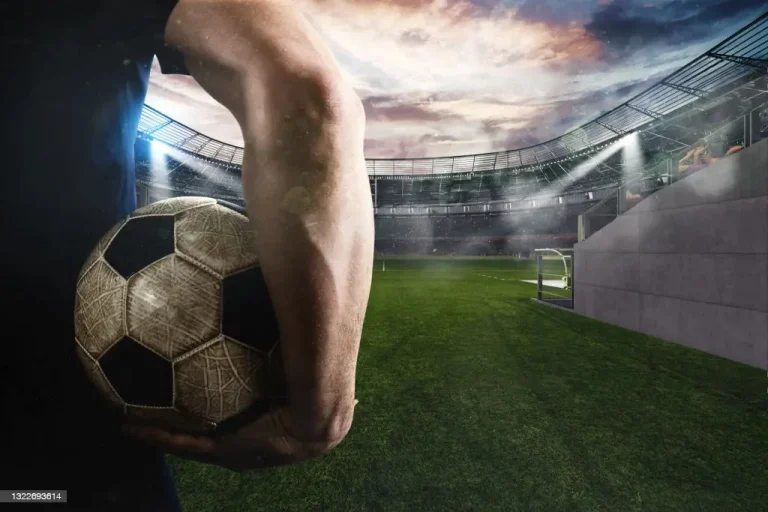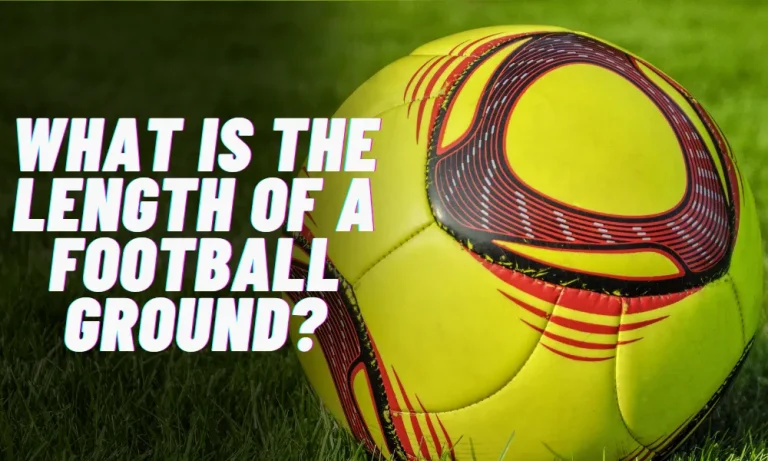What is an Illegal Forward Pass in Football?
Football fans, have you ever wondered what an illegal forward pass is and why it matters? Well, get ready to dive into the nitty-gritty of this crucial rule that can turn the tide of a game.
In this blog post, we’ll break down what exactly constitutes an illegal forward pass in simple terms, without any confusing jargon. So, lace up your virtual cleats and let’s uncover the secrets of this game-changing penalty!
Basics of a Forward Pass
In football, the forward pass is a thrilling play that has the potential to change the course of a game. It’s a strategic move where the quarterback throws the ball towards a teammate who is further down the field.
What is a Forward Pass?
A forward pass occurs when the quarterback throws the ball towards a teammate who is ahead of them on the field. Unlike a lateral pass, which is thrown parallel or backward, a forward pass moves the ball closer to the opponent’s end zone. It’s a dynamic and exciting way to gain yardage and score touchdowns.
The Difference between a Forward Pass and a Lateral Pass
The key distinction between a forward pass and a lateral pass lies in the direction of the throw. In a forward pass, the ball travels in the direction of the opponent’s end zone, while in a lateral pass, the ball moves parallel or backward.
The forward pass provides an opportunity for a more aggressive offensive approach, allowing teams to advance the ball quickly and efficiently.
Importance of the Forward Pass in Offensive Strategies
The forward pass revolutionized the game of football by introducing a new dimension to offensive play. It allows teams to stretch the field, outwit the defense, and create scoring opportunities.
By throwing the ball forward, quarterbacks can target receivers downfield, catching the defense off guard. The forward pass has become an essential tool for teams to gain yardage, control the game’s tempo, and ultimately put points on the scoreboard.
Legal Forward Pass
When it comes to the forward pass in football, there are specific rules that must be followed to ensure it is considered legal.
In order for a forward pass to be deemed legal, certain guidelines must be adhered to. The passer, usually the quarterback, must be behind the line of scrimmage when making the throw. This ensures that the pass is thrown from a valid position on the field.
The receiver, on the other hand, must be an eligible player who is positioned on the offensive side of the line of scrimmage at the time the ball is thrown. This means they cannot be an offensive lineman or someone who is ineligible to receive a pass.
To further ensure the legality of the forward pass, the ball must travel forward, parallel, or slightly backward. If the pass is thrown too far backward, it is considered a lateral pass rather than a forward pass.
Now, let’s take a look at a couple of examples of legal forward pass plays. One common play is the “slant route,” where the receiver runs diagonally towards the middle of the field, while the quarterback throws a quick pass to them.
Another example is the “screen pass,” where the quarterback throws a short pass to a running back or wide receiver behind the line of scrimmage, who then has blockers in front to create space.
Understanding the rules and requirements for a legal forward pass is essential for players and fans alike. It allows us to appreciate the precision and strategy involved in executing successful passing plays.
So, the next time you witness a perfectly thrown forward pass, you’ll have a deeper understanding of its legality and impact on the game.
What is an Illegal Forward Pass?
An illegal forward pass occurs when the quarterback throws the ball forward beyond the line of scrimmage in certain situations that violate the rules. This can happen due to various factors, such as the passer being beyond the line of scrimmage when making the throw or throwing a second forward pass during a single down.
Scenarios of an Illegal Forward Pass
One scenario that results in an illegal forward pass is when the passer crosses the line of scrimmage before releasing the ball. This can happen if the quarterback scrambles or moves beyond the line of scrimmage and then throws the ball forward.
Another situation is when a team attempts a “double pass,” where the quarterback receives a lateral pass, and then throws a forward pass. If the second pass is thrown beyond the line of scrimmage, it becomes an illegal forward pass.
Consequences and Penalties
Committing an illegal forward pass comes with consequences for the offending team. The penalty for an illegal forward pass is a loss of down and a five-yard penalty from the spot of the pass. This means that not only does the team lose the opportunity to gain yardage, but they also face a setback in terms of field position.
Common Mistakes and Misunderstandings
The forward pass in football can sometimes be a source of confusion for both players and fans. We will highlight some common mistakes and misunderstandings surrounding the forward pass, clarify misconceptions about what is considered an illegal forward pass, and provide examples to further illustrate potential misunderstandings.
Mistakes Players and Fans Make
One common mistake is when players, particularly quarterbacks, forget to ensure they are behind the line of scrimmage before throwing a forward pass. This can result in an illegal forward pass penalty and a loss of down for their team.
Fans, on the other hand, often mistake a lateral pass for a forward pass. A lateral pass, also known as a backward pass, is when the ball is thrown sideways or slightly backward, which is legal. However, if the ball travels forward even slightly, it becomes an illegal forward pass.
Misconceptions about an Illegal Forward Pass
A common misconception is that the receiver must be stationary when catching a forward pass. In reality, the receiver can be moving or even running when making a legal catch.
Another misconception is that a forward pass cannot be thrown beyond the line of scrimmage under any circumstances. However, certain situations, such as a screen pass or a shovel pass, allow the ball to be thrown forward beyond the line of scrimmage as long as it meets specific criteria.
FAQs
What happens if an illegal forward pass is thrown?
If an illegal forward pass is thrown, it results in a penalty. The offensive team is penalized and loses yards depending on where the pass was thrown from. Additionally, the down is replayed.
Can any player throw an illegal forward pass?
No, only the quarterback is allowed to throw a forward pass. Other players on the offense, such as running backs or wide receivers, cannot throw the ball forward unless they receive a lateral pass.
What is the difference between an illegal forward pass and a lateral pass?
An illegal forward pass is a throw made beyond the line of scrimmage, while a lateral pass is a throw made parallel to or behind the line of scrimmage. In a lateral pass, the ball can be thrown to any eligible player on the offense.
Are there any exceptions to the rule of an illegal forward pass?
Yes, there are a few exceptions. For example, if the quarterback is behind the line of scrimmage when they throw the ball, it is considered a legal forward pass.
Conclusion
The importance of enforcing the rule against illegal forward passes in football cannot be overstated. It ensures fairness, integrity, and balanced competition between offense and defense. Understanding and respecting the rules of the game is essential for players and fans alike.
So, let’s deepen our understanding of football rules and continue to engage with this blog post. Share it with others who might find it interesting and join the conversation. Together, we can appreciate the intricacies of the game and celebrate its rich history.






